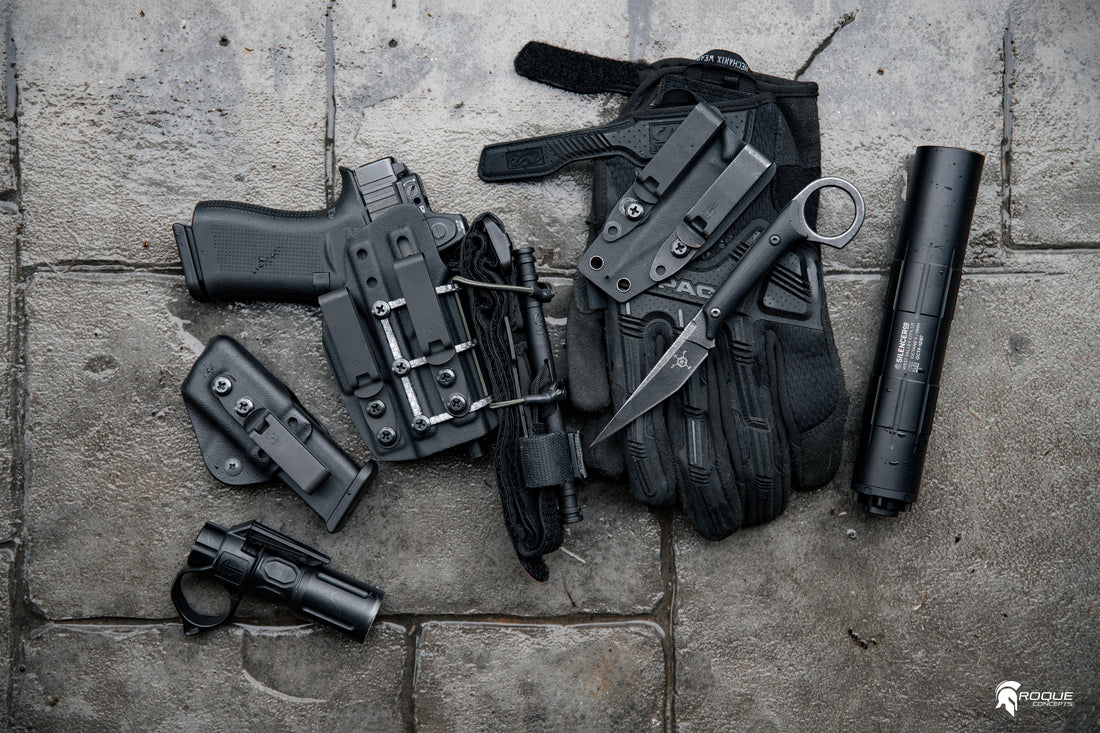Silencers, also known as suppressors, have seen a surge in popularity among firearm enthusiasts in recent years. These devices offer numerous benefits, including reduced noise and recoil, increased shooting comfort, and improved safety. If you're intrigued by the idea of owning a silencer, this blog post will explore the rising popularity of silencers and provide guidance on how to acquire one for your firearms.
1. Understanding the Purpose of Silencers:
Silencers are not just gadgets from action movies; they serve practical purposes. They mitigate the noise and muzzle blast associated with shooting, making it more pleasant for the shooter and reducing the risk of hearing damage. Silencers also contribute to enhanced accuracy and control by reducing recoil and muzzle rise. Additionally, they can minimize noise disturbances in hunting scenarios or shooting ranges located near residential areas.
2. The Legality of Silencers:
Before considering the acquisition of a silencer, it's crucial to understand the legal landscape surrounding them. While the ownership and use of silencers are legal in many countries, including the United States, specific regulations govern their possession. Familiarize yourself with the laws and regulations of your country, state, or local jurisdiction to ensure compliance.
3. Navigating the NFA Process (United States):
In the United States, silencers are regulated under the National Firearms Act (NFA), requiring the submission of an application and payment of a tax stamp for each silencer purchase. Here is a simplified overview of the NFA process:
a. Choose a Licensed Dealer: Locate a licensed Class 3 firearms dealer who can facilitate the transfer and sale of silencers.
b. Complete the Appropriate Forms: Complete ATF Form 4 (Application for Tax Paid Transfer and Registration of Firearm) or Form 1 (Application to Make and Register a Firearm), depending on whether you're purchasing a silencer from a dealer or manufacturing one yourself.
c. Submit Fingerprints and Photographs: Provide fingerprints and passport-sized photos as part of the application process. These will be used for background checks.
d. Pay the Tax Stamp: Include a $200 payment for the tax stamp with your application. The tax stamp is a one-time fee for each silencer purchase.
e. Wait for Approval: Once your application is submitted, it undergoes review by the Bureau of Alcohol, Tobacco, Firearms, and Explosives (ATF). The processing time can vary, but it typically takes several months to receive approval.
f. Complete the Transfer: Upon receiving ATF approval, the licensed dealer can transfer the silencer to you.
4. Researching and Choosing the Right Silencer:
There are numerous silencer options available, varying in design, caliber compatibility, materials, and intended use. Research different models, consider your specific needs and preferences, and consult with experienced shooters or professionals in the field to determine the best silencer for your firearms. Factors to consider include sound reduction, weight, length, and durability.
5. Safety Considerations:
While silencers offer benefits, it's crucial to remember that they do not make firearms completely silent. Silencers primarily reduce the noise generated by the muzzle blast. Practice safe firearms handling, always use hearing protection, and follow all safety protocols to ensure a safe shooting experience.
6. Ongoing Maintenance and Compliance:
Once you have acquired a silencer, it's essential to maintain and clean it regularly according to the manufacturer's recommendations. Additionally, stay informed about any updates or changes to laws and regulations to ensure ongoing compliance with local, state, or national requirements.
The rising popularity of silencers can be attributed to their practical benefits and the increasing awareness of responsible firearms ownership. Understanding the legal framework
, navigating the NFA process (if applicable), conducting thorough research, and prioritizing safety are all essential steps in acquiring a silencer. By following the appropriate procedures, you can enhance your shooting experience while adhering to the laws and regulations governing the ownership and use of silencers in your jurisdiction. Remember, responsible ownership includes knowledge, compliance, and a commitment to safety.

